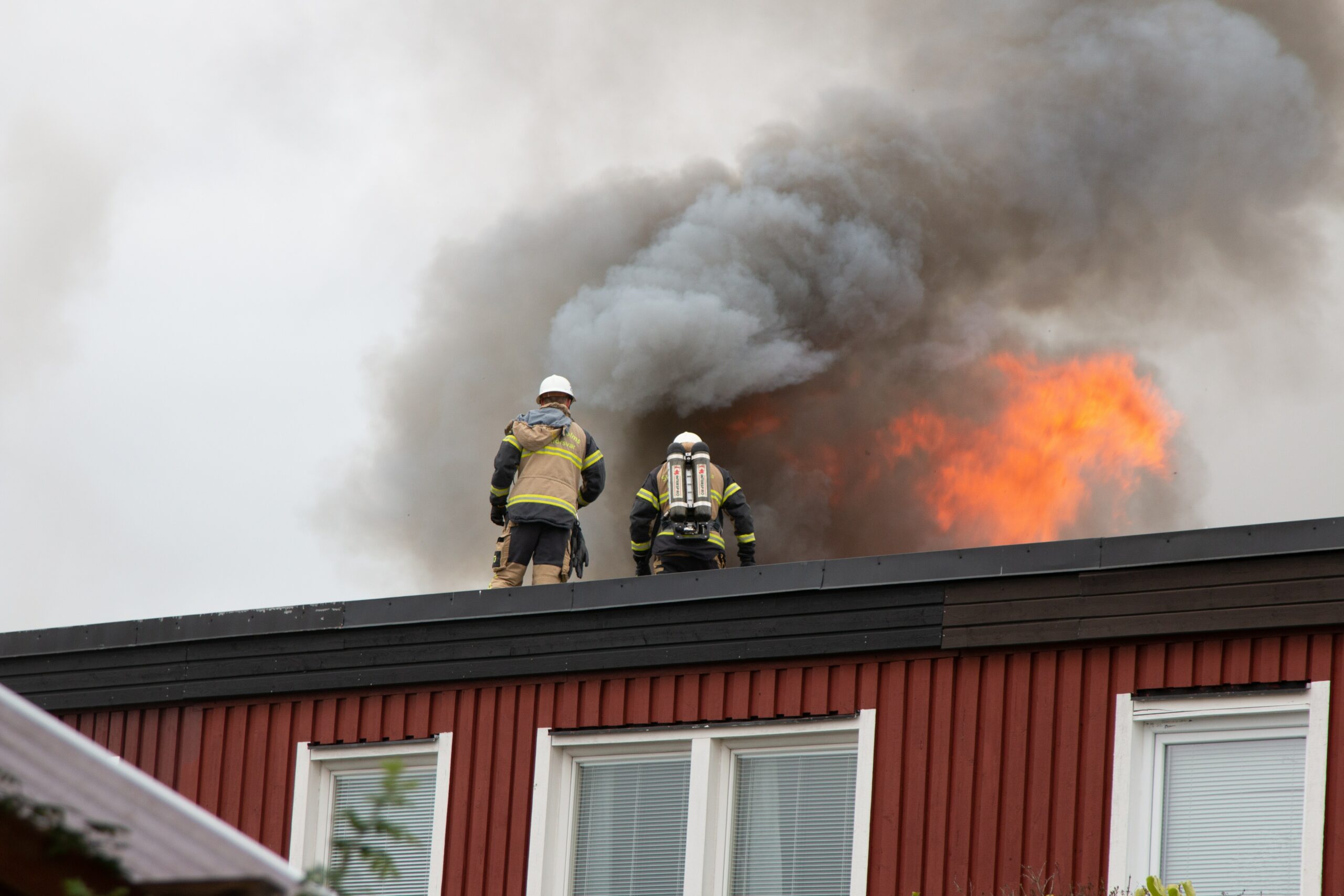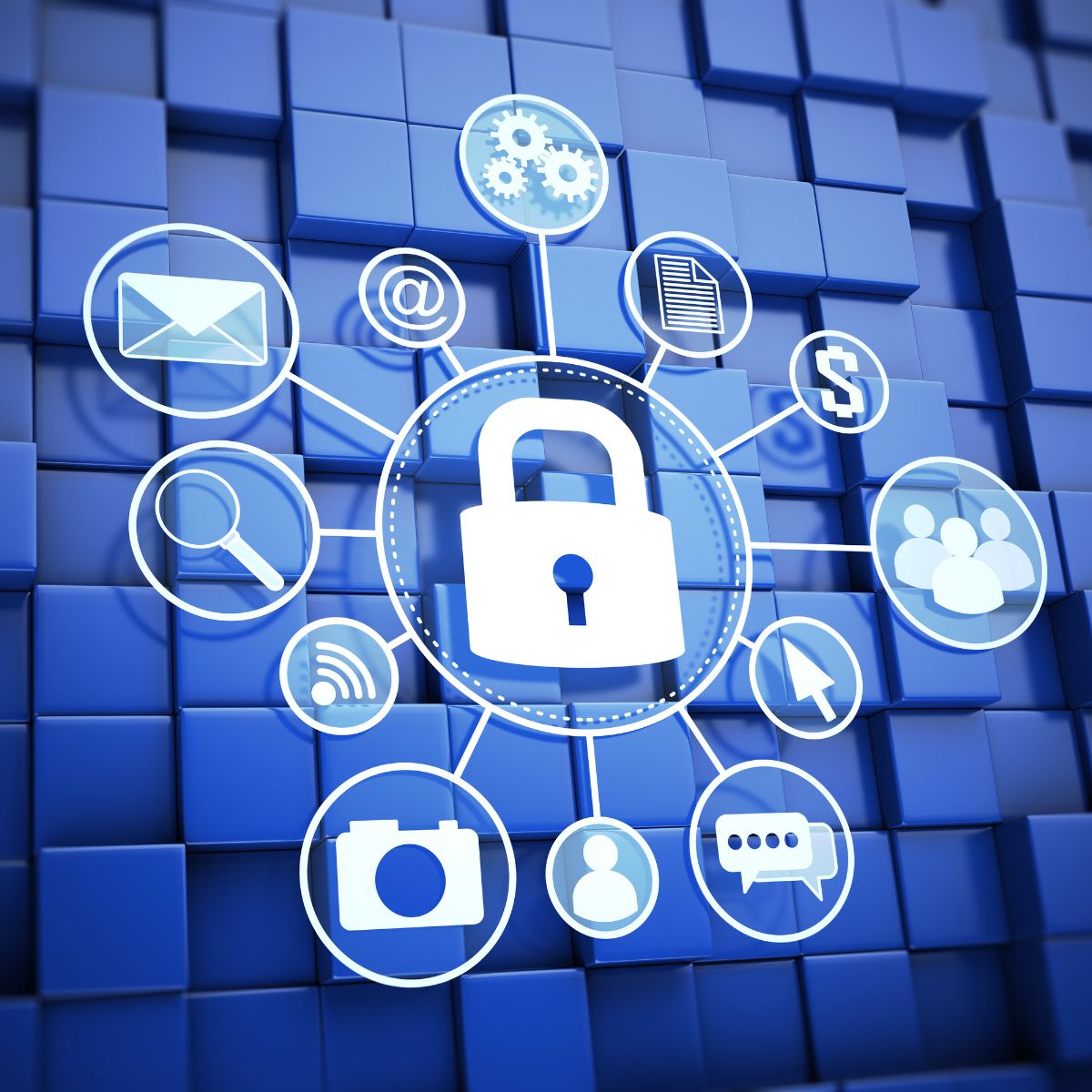
Infrastructure alarms are critical components in modern society. Their main function is to monitor various environmental conditions and alert people to potential hazards. The alarms can detect various conditions like water leakage, sand storms, floods, and earthquakes, among others. Infrastructure alarms play a vital role in averting disasters and protecting citizens. In this article, we will look at infrastructure alarms in detail, including how they function and the ten different types of infrastructure alarms.
What is an Infrastructure Alarm?
An infrastructure alarm is a device that detects specific environmental conditions that pose a threat to structures, people, or the environment. They use sensors to monitor environmental conditions such as temperature, humidity, pressure, and vibration. The alarms then send alerts in real-time to alert the relevant parties of imminent danger. Infrastructure alarms are used in various settings such as homes, offices, factories, data centers, and public spaces.
How Does an Infrastructure Alarm Function?
Infrastructure alarms function by monitoring the environment continuously for specific conditions. The alerts are set to notify the relevant parties when certain conditions are reached. The alarms use various sensing technologies such as ultrasonic, infrared, and visual detection to detect impending danger. The alarms can be programmed to send alerts through various communication channels such as sirens, text messages, emails, or phone calls.
10 Different Kind of Infrastructure Alarms in houses, institutions and cities
- Water Leakage Alarms
Water leakage alarms are essential in detecting leaks in pipes, valves, and other plumbing fixtures. They work by detecting water in areas where it should not be, such as basements, kitchens, and bathrooms. The alarms use sensors that trigger audible and visual alerts when water is detected, helping homeowners to prevent costly water damage.
- Fire Alarms
Fire alarms are critical in alerting people to impending fire hazards. They detect smoke, heat, and carbon monoxide, among other dangerous conditions. Fire alarms typically work by setting off an audible alarm and flashing lights to alert people to the danger. Fire alarms can be connected to fire departments or security companies for faster response times.
- Intrusion Detection Alarms
Intrusion detection alarms are commonly used in homes, schools, and offices to detect unauthorized entry. They detect movement or the opening of doors and windows and trigger audible alarms, which alert security personnel or law enforcement.
- Sand Storm Alarms
Sandstorm alarms are essential in areas prone to sandstorms. They use pressure sensors mounted on poles to detect changes in air pressure caused by moving sand. Sandstorm alarms trigger audible and visual alarms to alert people to the danger, allowing them to seek shelter before the storm reaches them.
- Flood Alarms
Flood alarms are critical in areas prone to flooding. They work by detecting water levels and triggering alarms when the water reaches a specific height, allowing people to move valuable items to higher ground.
- Earthquake Alarms
Earthquake alarms are designed to detect tremors and seismic activity in the earth’s crust. They alert people to impending earthquakes, helping them to seek shelter before the quake hits. Earthquake alarms have become increasingly popular in earthquake-prone regions, helping to reduce the loss of life from these natural disasters.
- Lightning Detection Alarms
Lightning detection alarms are essential in areas prone to frequent lightning strikes. They use radio wave technology to detect lightning, allowing people to seek shelter before the next strike.
- Power Failure Alarms
Power failure alarms are used in sites that require continuous power, such as hospitals, data centers, and pumping stations. They detect power failures and trigger alarms to alert personnel, enabling them to take corrective action.
- Gas Leakage Alarms
Gas leakage alarms are used to detect gas leaks in homes, commercial buildings, and factories. They detect gas leaks by detecting gas concentration and trigger audible and visual alarms, alerting personnel to evacuate the affected area.
- Radiation Detection Alarms
Radiation detection alarms are used in nuclear power plants, research laboratories, and other radiation-prone environments. The alarms detect radiation exposure and trigger alarms, alerting personnel to potential danger, and allowing them to take appropriate safety measures.
Infrastructure alarms are critical in modern society. They play a vital role in detecting environmental hazards, alerting people to imminent danger, and reducing the loss of life and property damage. The ten different types of infrastructure alarms discussed in this article, including water leakage alarms, fire alarms, intrusion detection alarms, sandstorm alarms, flood alarms, earthquake alarms, lightning detection alarms, power failure alarms, gas leakage alarms, and radiation detection alarms, are essential in protecting people, property, and the environment from harm. As technology continues to advance, it is expected that infrastructure alarms will continue to develop, becoming even more reliable and efficient in alerting people to potential dangers.
MobiCall role in the event of force majeure
Mobicall is a robust communication platform that enables streamlined communication and efficient operations during critical situations, including force majeure preparation.
As disasters and crises can occur without warning, it is crucial to be ready for any eventuality.
Mobicall offers a comprehensive platform that provides advanced features such as GPS tracking, location-based messaging, and real-time video conferencing to improve situational awareness and decision-making.
Its cloud-based technology allows for seamless integration with existing communication systems while ensuring instant accessibility to all field teams, emergency responders, and stakeholders.
With Mobicall, organizations can enhance their preparedness, response, and recovery capabilities in times of crisis by enabling quick and efficient communication among all parties involved.
MobiCall can assure a secure and fast communication in the event of flood, earthquake, sand storm or any other unexpected event.
If you need any help to prepare for force majeure situations, we would be more than happy to help.







